ABOUT BARIATRIC REVISION / TORE
Bariatric revision, or transoral gastric outlet reduction, is a non-surgical intervention tailored to enhance the well-being of individuals who have experienced weight regain following gastric bypass surgery.

SCHEDULE A
CONSULTATION
WHY DO PATIENTS REGAIN WEIGHT AFTER BYPASS AND GASTRICSLEEVE?
During gastric bypass surgery, a communication pathway known as a gastrojejunal anastomosis or outlet is established between the stomach and the jejunum. However, with time, this opening can enlarge, diminishing the sensation of fullness during meals. Consequently, patients may overeat, contributing to weight gain post-surgery.
For post-bypass patients grappling with weight regain, a non-surgical solution is now available to help regain control and facilitate weight loss. Bariatric revision offers a swift recovery with no downtime, allowing patients to resume their normal activities the following day.

ADVANTAGES OF BARIATRIC REVISION:
Physicians may suggest this procedure to certain patients due to its associated advantages, which include:
This procedure is minimally invasive, requiring no incisions.
It offers a faster alternative to traditional surgery.
It's an outpatient procedure, allowing patients to leave the Endoscopy center on the same day.
There's a reduced risk of complications during or after the procedure.
Patients can expect comparable weight loss rates to their original bariatric procedure.
IS THE OVERSTITCH PROCEDURE RIGHT FOR ME?
The OverStitch procedure may not be suitable for all individuals, as weight gain might not solely stem from an enlarged stomach opening. Consult with your physician to determine if OverStitch surgery aligns with your needs.
Insurance coverage for Post Bariatric Revision and ESG requires a $1,995 purchase at the initial procedure to remain effective.


WHAT’S COVERED:
Receive post-operative hydration services at any of our facilities.
Access unlimited one-on-one nutrition counseling sessions.
Benefit from 12 months of complication coverage, including re-suturing*.
Enjoy unlimited visits with Dr. Ibegbu for one year, which includes weight loss pharmacotherapy consultations.
SCHEDULE A
CONSULTATION
*By submitting this form you agree to be contacted via text/phone/email.
Reply “Stop” to opt out.
DISCLAIMER:
*By submitting this form you are to be contacted by AMG Medspa and receive marketing messages via phone, text, or email. You will be able to unsubscribe from these communications at any time. We are committed to protecting and respecting your privacy. For more information, please review our privacy policy.
